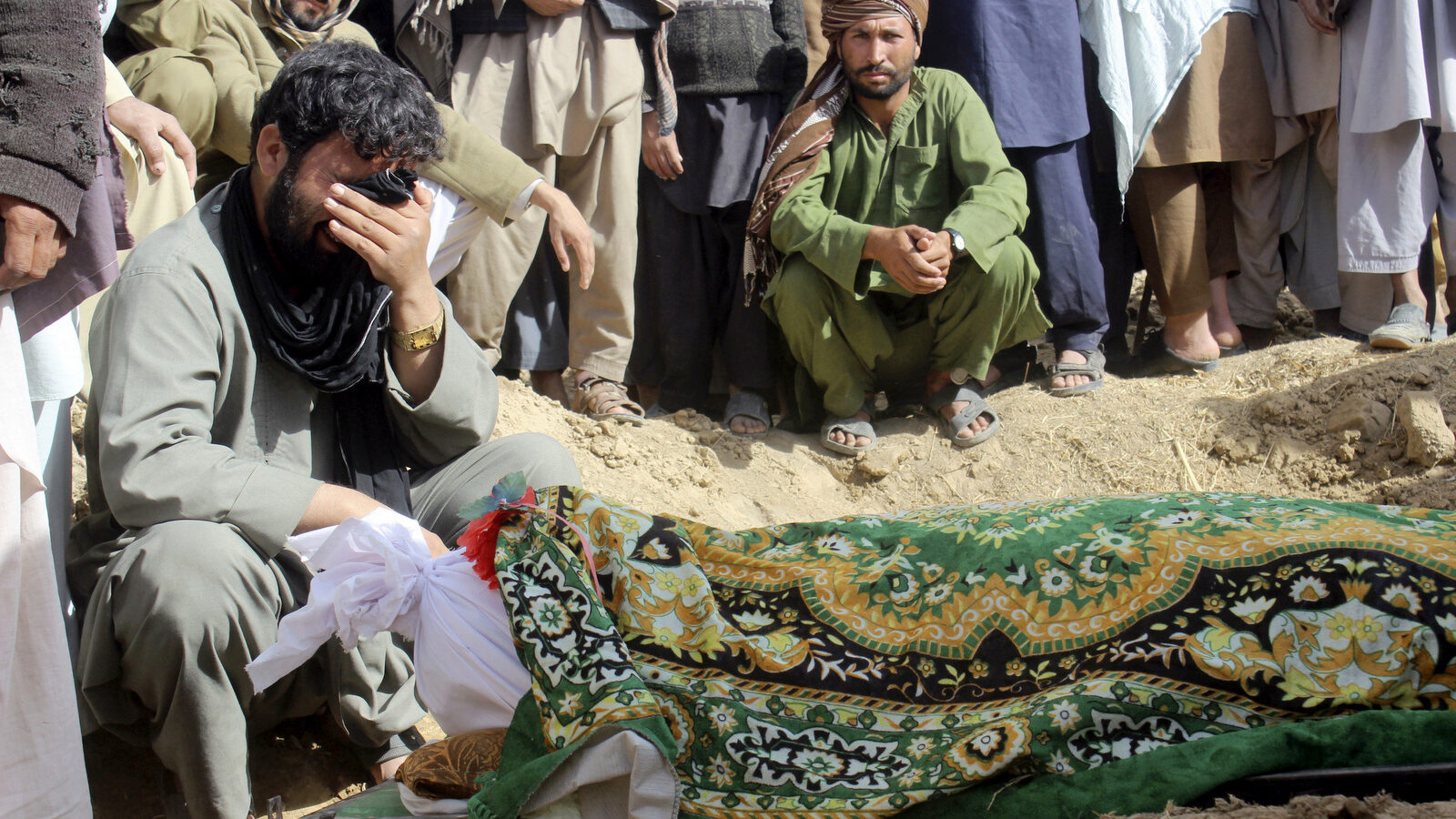The US has added to the confusion about a major civilian casualty allegation in Afghanistan, complicating its initial statement that there were no innocents killed in the 4 November airstrike in Kunduz province.
Residents’ claims in the media that the attack on Chardara district had killed civilians were denied in the days following the incident.
On 6 November 2017, Resolute Support, the NATO mission through which the US is engaged in Afghanistan, confirmed that operations had taken place in the area but said it had found no evidence of civilian casualties.
Resolute Support (RS) also said that no hospitals or clinics received any victims following the incident.

However, a body of evidence has since emerged, some of which has been obtained by the Bureau, that contradicts the US claims.
On 8 November, the United Nations said that its initial investigations suggested at least 10 civilians had died. The Bureau spoke to the director of a Kunduz hospital, who said that six injured civilians had been admitted from the Chardara strike. A New York Times reporter also saw six patients in the hospital, who said they were injured in the strike.
Then, on the evening of 14 November, an RS spokesperson sent a statement to the Bureau, which appears to call into question the US’s earlier position. The spokesperson explained some of the challenges of identifying civilians.
The Bureau had asked RS for a clarification on the logic behind the US’s statement that it had not killed civilians in the Kunduz strike. The spokesman said that they carry out “all forensic actions available” to investigate casualty claims when they arise, including personal interviews with local residents and visits to medical facilities.
But he added:
Our forces take every precaution to conduct all operations in a way that all civilian casualties are avoided. There are times when the insurgency forces civilians to take part in activities resembling that of an enemy combatant. It’s these cases where it’s possible civilians could be mistaken as members of the insurgency based on their offensive activities and therefore engaged by coalition air weapons team.”
The statement is significant because the deputy police chief and a former district governor, alongside residents, say the civilians who were killed in Kunduz on 4 November had been forced by the Taliban to collect the bodies of insurgents killed in the previous night’s strikes.
When asked by the Bureau if civilians had been accidentally killed in Kunduz on 4 November, because they had been coerced in to activity “resembling that of an enemy combatant”, the RS spokesperson said he had provided the Bureau with a hypothetical example of how RS and NGOs could come up with different civilian casualty figures.
The incident remains contested. The Afghan Ministry of Defence said it had launched a probe, however a spokesperson for the Afghan commando forces told The New York Times shortly after the strike that no civilians had been killed. If the death toll of 10 civilians is confirmed, it would make the Chardara strike one of the biggest mistakes US aircraft have made in Afghanistan this year.

via the Bureau
Meanwhile, the Bureau has obtained a list of ten people, whom local residents say were civilians killed in the strike. One of our sources survived the attack.
The Bureau has been given two additional names but has only included in the list those unanimously cited by all sources. Residents also told the Bureau that a woman had been killed, but that they didn’t know her name. Each name on our list has been cited by three different sources as having died in the strike. Two sources told us that every name on the list was a civilian.
The youngest victims on the list are teenagers.
| List of casualties provided to the Bureau |
|---|
| Fazal Ahmed |
| Zainullah |
| Muhammad Ibrahim |
| Muhammad Azim |
| Muhammad Islam |
| Abdul Ahad |
| Norudin |
| Sarbiland |
| Gulum Sakhi |
| Rizwanullah |



